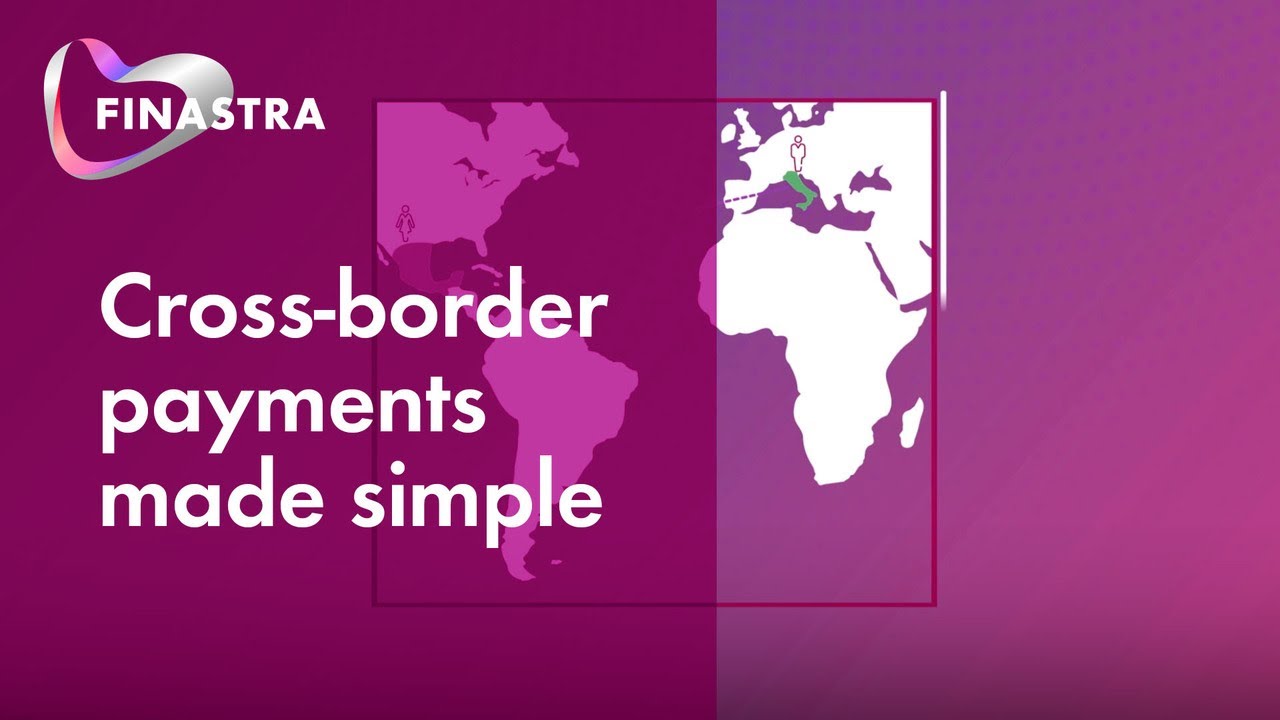Cross-border payments are payments that are sent from one country to another. This type of payment is becoming increasingly popular for businesses as it allows them to conduct international transactions with ease. With the growth of global trade, cross-border payments have become a necessity for many businesses. In this article, we will discuss the different types of cross-border payments, the benefits of using them, and the challenges that come with them.
Types of Cross-Border Payments
Cross-border payments come in many forms, including wire transfers, credit cards, and digital payments. Each of these payment types has its own advantages and disadvantages, and businesses should choose the one that best suits their needs. Here is a brief overview of each type:
- Wire Transfers: Wire transfers are one of the most popular forms of cross-border payments. They are fast, secure, and reliable. The downside is that they can be expensive, especially for large amounts of money.
- Credit Cards: Credit cards are another popular form of cross-border payments. They are convenient, easy to use, and can be used to make payments in multiple currencies. The downside is that credit card fees can be high.
- Digital Payments: Digital payments are becoming increasingly popular for cross-border payments. They are fast, secure, and often cheaper than other payment methods. The downside is that they may not be accepted in all countries.
Benefits of Cross-Border Payments
Cross-border payments have many benefits for businesses. Here are some of the main advantages:
- Access to Global Markets: Cross-border payments allow businesses to access global markets and expand their customer base. This can open up new opportunities for growth and revenue.
- Flexibility: Cross-border payments give businesses the flexibility to make payments in multiple currencies. This makes it easier to conduct international transactions and manage currency fluctuations.
- Lower Fees: Cross-border payments often have lower fees than other payment methods. This can help businesses save money and increase their profits.
- Speed and Security: Cross-border payments are fast and secure. This means businesses can make payments quickly and with confidence.
Challenges of Cross-Border Payments
Cross-border payments can also come with some challenges. Here are some of the main ones:
- Compliance: Cross-border payments must comply with local regulations and laws. This can be a challenge for businesses, especially if they are unfamiliar with the rules and regulations in the countries they are sending payments to.
- Currency Fluctuations: Cross-border payments can be affected by currency fluctuations. This can be a problem for businesses as it can lead to losses if the currency exchange rate moves against them.
- Fraud: Cross-border payments can be vulnerable to fraud. Businesses should take steps to protect themselves from fraudsters, such as using secure payment methods and conducting background checks on customers.
Conclusion
Cross-border payments can be a great way for businesses to access global markets and make international transactions. However, they come with their own set of challenges, such as compliance, currency fluctuations, and fraud. Businesses should weigh the pros and cons carefully before deciding whether cross-border payments are right for them.




